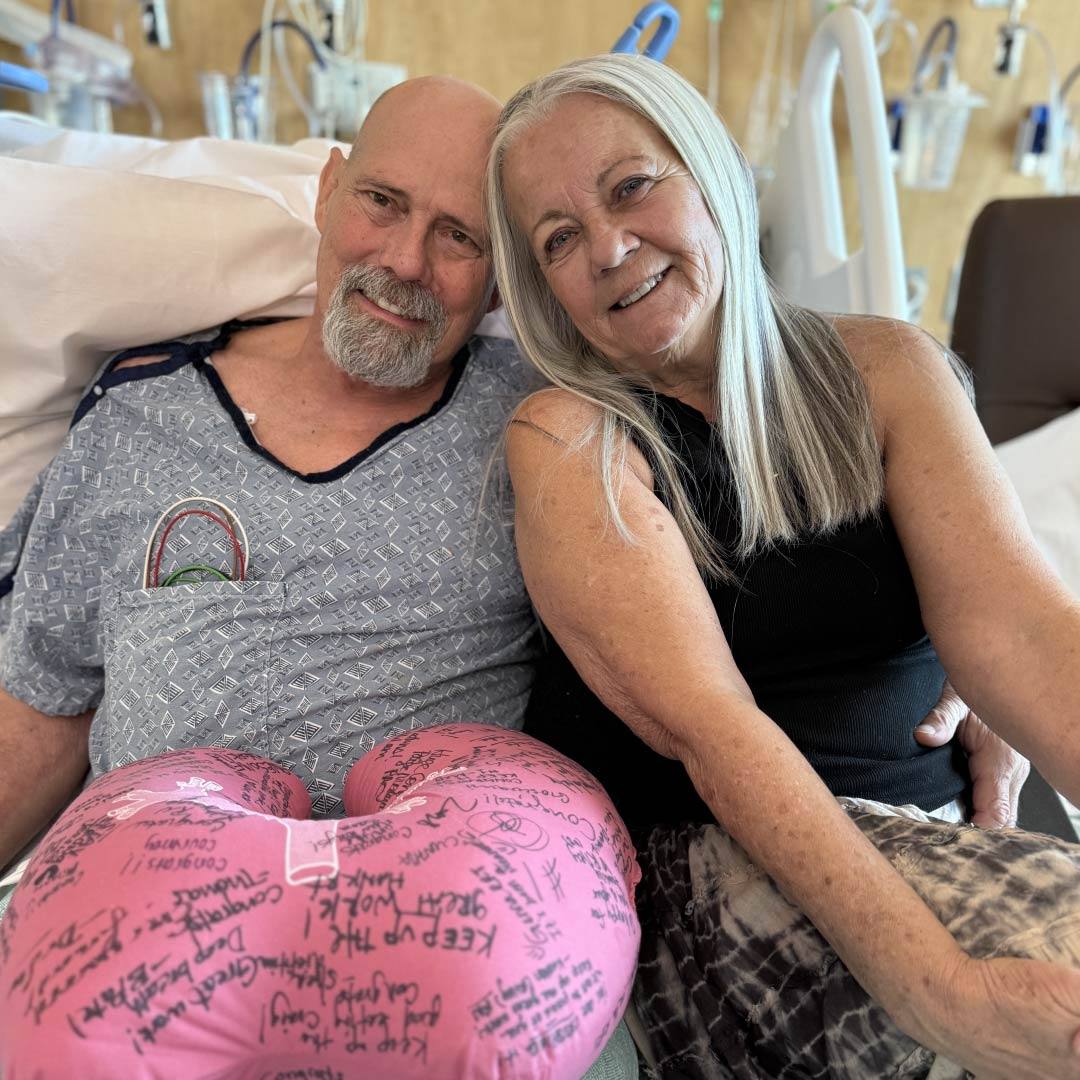-

YES Board Creates Efficiencies in Emergency Rooms
PHOENIX, Arizona — July 6, 2012. When minutes matter, Yes is the best answer. And emergency room physicians at Mayo Clinic are finding the YES Board is the place to find answers.

In the age of computers, a common problem in many health care institutions is that data come from so many sources that it becomes difficult to track and manage. This problem is acute in emergency rooms where knowing the "real time" status of multiple patients is crucial in determining the care for each patient.
"Hospitals have great systems that allow us to focus on one patient; what we don't have is a system that allows us to see all of our patients at once," said Vernon Smith, M.D., an emergency room physician at Mayo Clinic in Arizona. "In a way it was easier when all the information was kept on paper — now with so many sources of data and in different systems, keeping track of real time information in fast-paced place like an emergency room presents challenges."
The answer is the YES Board. Dr. Smith, who has a rare combination of specialties — a medical doctor who is also a computer engineer, developed the computerized YES Board patient tracking system over the course of several years and input from "300-400 other doctors, nurses and emergency room staff" while he worked at Mayo Clinic in Rochester, Minn.
The system displays on 21-inch television mounted in the emergency rooms at Mayo Clinic. The monitors display parallel rows of rectangular boxes that glow red, green, yellow,white and blue. Each colorful box shows a patient's room with icons — hearts, C-clamps, ZZZZ's, pulsing airborne droplets, and several others, which tell providers something about the patients in those rooms. Dr. Smith said that each data point represents a specific request of someone in the emergency room saying "Hey, wouldn't it be great if &" At a glance, physicians and nurses can find out what's going on with all the patients in the emergency room in one place.
"It provides overall situational awareness," Dr. Smith said. "All the information feeds in from 15 different data systems and there is no additional input needed to maintain the real time nature of the board. It gives of-the-moment vital information to benefit physicians' in-the-moment decision making."
The YES Board reduces the time required to translate data, allowing physicians to forecast the needs of their patients and track progress. It has the capacity to walk physicians through current and past information for each patient — in addition to all patients collectively. Additionally, the YES Board helps to secure usable space and resources and detect the most at-risk patients and also helps forecast the needs of the patients in the emergency department. Plus, the YES Board can be viewed through any approved computer with an internet connection.
The YES Board is operational in the emergency rooms at Mayo Clinic in Rochester and was recently added to the emergency room in Arizona. Plans are underway to add it at Mayo Clinic in Florida and hospitals within the Mayo Clinic Health System.
Dr. Smith said the board could be used in other hospital units as well. Earlier this year pilot programs began at the pediatrics and the intensive care surgical unit in Rochester.
Mayo Clinic and Dr. Smith have a financial interest in the technology referenced in this news release.
###
About Mayo Clinic:
Recognizing 150 years of serving humanity in 2014, Mayo Clinic is a nonprofit worldwide leader in medical care, research and education for people from all walks of life. For more information, visit 150years.mayoclinic.org, www.mayoclinic.org and newsnetwork.mayoclinic.org.
Media Contact: Jim McVeigh, Public Affairs, 480-301-4222







